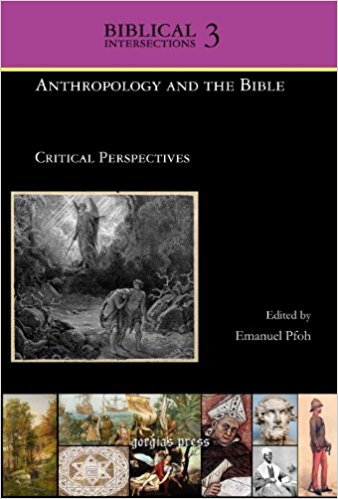
A good reason to accept the theory of evolution is that it predicts what we will find in the fossil record and its predictions have not yet failed. No one has found a rabbit fossil in pre-Cambrian rocks.
If James had been a sibling of Jesus and a leader in the Jerusalem church (along with Peter and John), then we can expect to find certain indicators of this in certain kinds of evidence. If our reasonable expectations (predictions) fail, then we have an obligation to reconsider our earlier conclusions that led to our expectations.
Dr James McGrath demonstrates an unfortunate oversight of this fundamental principle (and also shows a taste for porky pies) when he writes:
It is entertaining to watch mythicists, who claim to be guided by the principle that the epistles are earlier and more reliable, while the later Gospels essentially turned a mythical Christ into a historical figure, jettison that supposed principle whenever it becomes inconvenient. When evidence of a historical Jesus is highlighted in the epistles, they will appeal to Acts, or epistles likely to be later forgeries, in an attempt to avoid the clear meaning of Paul’s reference to James as Jesus’ brother.
Mainstream historical scholarship can be discussed in terms of whether it’s conclusions are justified upon the basis of its methods. Or one can discuss whether the methods themselves are valid. In the case of mythicism, neither is possible, because it has no consistent methods and no conclusions, just foreordained outcomes and the use of any tools selectively that will allow one to reach them.
Or to put it simpler still, why do you trust Acts to indicate what Paul meant by “James” yet reject it when it comes to what Paul meant by “Jesus”?
Firstly, James McGrath knows very well that Earl Doherty at no point based his interpretation of Galatians 1:19 on the evidence of later epistles or Acts. Some readers might even be excused for suspecting McGrath is being a bald-faced friar, so he might like to write a clarification of this comment to dispel any suggestion that he is telling an outright porky about Doherty’s argument. Continue reading “James Brother of the Lord, Porky Pies and Problems for the Historical Jesus Hypothesis”

